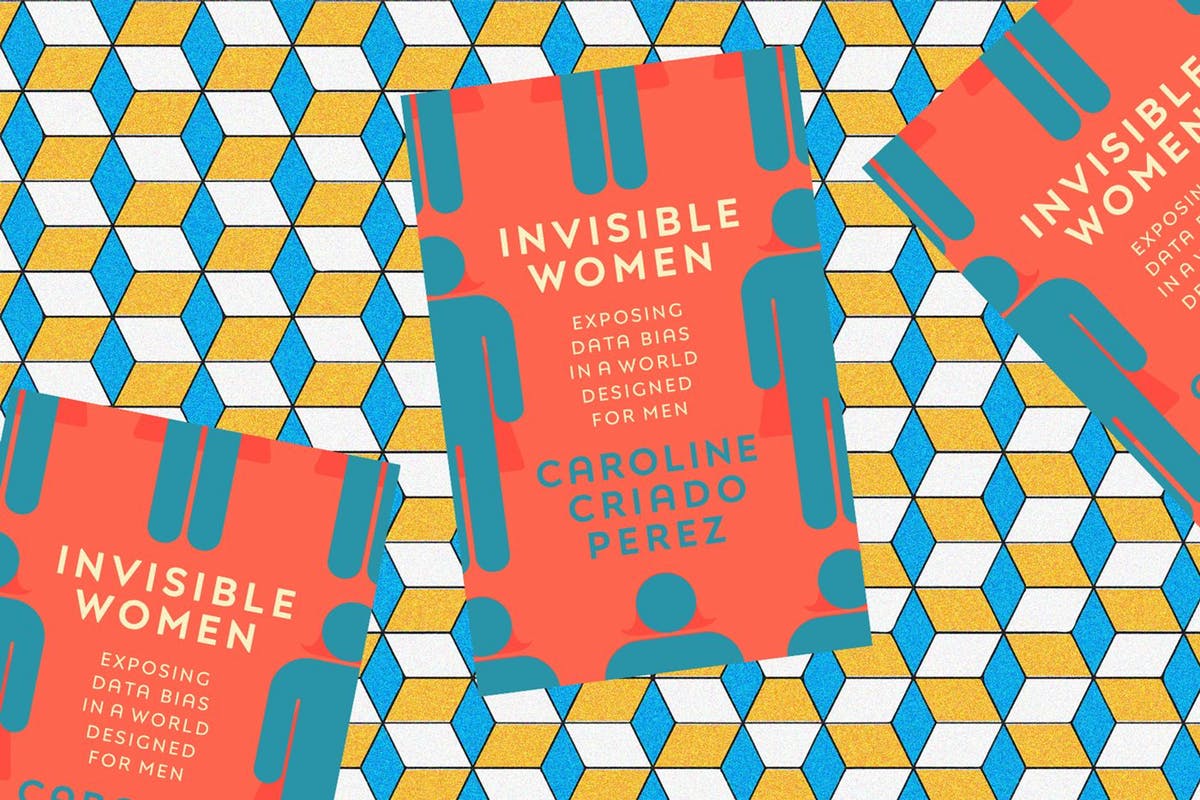“Routinely forgetting to accommodate the female body in design – whether medical, technological or architectural – has led to a world that is less hospitable and more dangerous for women… women just don’t fit very well”
Although the whole book resonated with me, this quote in particular really stuck with me. Men are seen as the default in society, but they cannot know what it’s like to live as a woman, and because the latter are excluded from so much of the world around us, there are design flaws in so many things and it’s fascinating how they all connect with each other. That’s what I believe Caroline wants the reader to understand from this book. And the quote above summarises this quite well.
When you see one or two things that show the same conclusion, it’s easy to write it off and rationalise it as a coincidence. But when one thing after another is analysed and affirmed with studies, statistics, and experiences, it becomes impossible to ignore a pattern. Perez makes this clearer in the way she draws upon earlier examples of gender inequality in the book, showing how they relate to and affect other inequalities that women face.
For example, she makes it clear early on in the book how and why women are responsible for 75% of the world’s unpaid labour, which is an issue in itself. But later on, when she describes how female researchers with kids are more likely to drop out because they have to spend more time on unpaid labour than research, it shows a domino effect. And there are many more instances of this throughout. The more you read, the more it all comes together.
But Caroline doesn’t just talk about the stuff we already know about, like uneven labour division and the pay gap. She also discusses things that the average person likely wouldn’t even think about – like crash test dummies and cardiological conditions. Yet, she examines all of these and more with impressive scrutiny, and where there is a gap in the knowledge, she readily admits it and theorises as to why.
Written in 2018, there are ample up-to-date references dispersed throughout, and although there are several per page, they never feel out of place and they’re always relevant. I only finished reading this book a day ago (at the time of writing) and I’ve already used information I learnt in a workshop about gender.
If you’re interested in gender studies, or even if you’re someone wondering whether men and women are really equal in the 21st century, this is an excellent book to learn more about how inequality is still prevalent in society today.
By Tyler Archer
Feature image: Stylist

